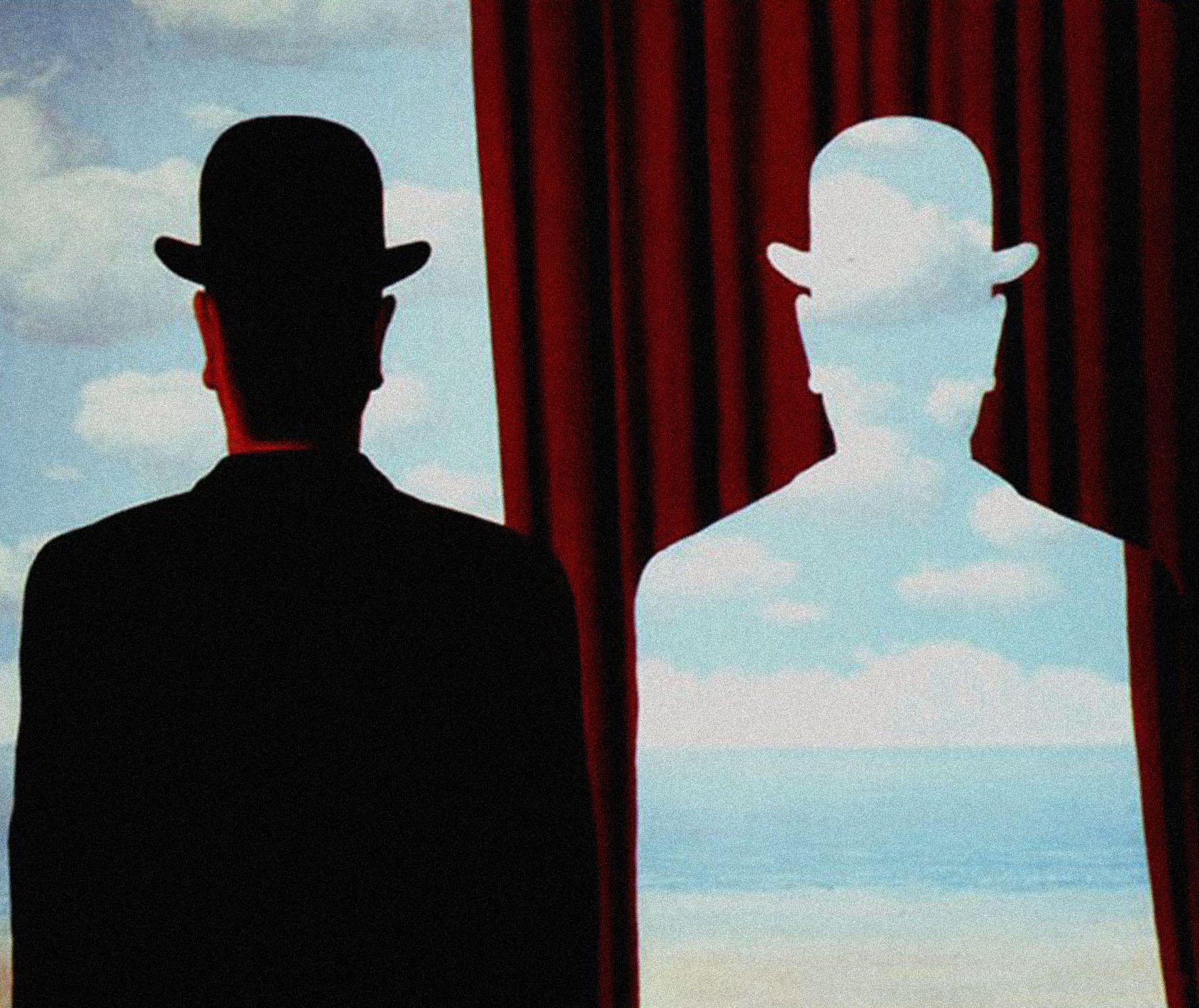
Deciphering a Rene Magritte Painting
Today we will be diving into the dreamlike world of Magritte and deciphering the major themes and symbols of his oeuvre.
It is easy to get lost and indulge in the imposter syndrome associated with pursuing a fine art museum. You are hooked into the narratives of the works or by the talent of how realistic the painting may be, then suddenly you are met with something, where you cannot identify any meaning behind it at all? Trying to decipher the hidden messages embedded in contemporary art can be somewhat of a difficult task. Some artwork just needs to be unpacked to uncover the subliminal messages that they are meant to convey.
We here at Masterworks, want to make this as seamless as possible so we have created a comprehensive guide of providing a palatable serving to visual analysis of some of our favorite artists’ major works.
What Are Common Symbols in Magritte Paintings?
Surrealism became divided into two main artistic groups. Magritte was from the Veristic Surrealism group that includes Dali and Ernst. This group used meticulous realism to portray the imagery of the subconscious mind. We see repeating trends of certain symbols and iconography, such as the apple, candle, bolster hat, etc.
Iconology, simply put, means thinking through images. By introducing these icons in various settings Magritte created mystery. The mystery of the image was an important concept for Magritte. What does the image/object/icon mean? Is it real? Can we really understand the unknowable?
By repeating these icons throughout his art he gives power to certain images that are normally quite ordinary.
The Green Apple:
Commonly found as the focal point of several of Magritte’s most famous works, such as Son of Man (1964), Beautiful World (1962), the Listening Room (1952), Memory of a Voyage (1951), is the green apple. This object is interpreted as representing the relationship between the hidden and the visible, similar to the tension between illusion and reality.
Magritte talked about his use of an apple as creating a new meaning to the apple. It causes viewers to wonder if the apple is hiding anything and why the apple is in the painting at all. Evoking this type of questioning was a prime focus of Magritte’s artwork.
Street Lights:
His Empire of Light, is in fact a series of paintings, all of which are created as oil on canvas depictions of the same and similar scene, that of a house on a steer street painted during the daytime, that is lined with trees, although the image is dark and only lit by one lonely streetlight.
There are several paintings that exist, all of which are slightly different from each other. One painting is housed in New York, in the Museum of Modern Art, and another in the Musées Royaux des Beaux-Arts de Belgique in Brussels. What all variations of Empire of Light depict, is a street scene that is painted amongst a pale blue sky, encrusted with many white clouds.
Unlike Magritte’s other paintings, which are fantastical in both style and color, Magritte chose to keep The Empire of Light incredibly simple, with only one element of fantasy, that of painting a street scene that both depicts night and day.
This juxtaposition both entrances and confuses the observer. Are we viewing a daytime scene that is simply slightly gloomy? Or are we observing a nighttime scene that is illuminated by a single streetlight? This is the true beauty of the image, as it can, and is true, both an image of the day and nighttime fused as one.
The Bowler Hat:
The bowler-hatted man makes numerous appearances both singularly, as in the painting called Schoolmaster, and in groups, such as in the “The Masterpiece” (also known as Mysteries of the Horizon) which features three men wearing bowler hats. The first instance of a man in a bowler hat appeared in Magritte’s 1926 painting called the “Musings of a Solitary Walker”.
Magritte himself was often photographed wearing a bowler hat and through his repeated use of this particular motif in his paintings, the bowler hat has become a Magritte “trademark”. Although it appears that the bowler-hatted man refers to the artist himself, in the painting known as “The Son of Man” which started out as a self-portrait, the blandness or uniformity of the bowler hat has also made the figure ordinary or anonymous. It was a common theme throughout the surrealist movement, which used disguises and masks to explore what is hidden, or at least what appears to be so.
Is it a Pipe?: Visual Analysis of a Treachery of Images
The Treachery of Images is classic as a surrealist piece of art. The subject is the simple image of a smoker’s pipe on a plain background, such as you might see on a poster advertising a tobacco store. Underneath the pipe, Magritte has painted the words “Ceci n’est pas une pipe”, which is French and translates as “This is Not a Pipe”.
To the uninitiated in art culture, this might seem a rather mundane and simplistic piece of work, but Magritte’s creation is a masterpiece of surrealism and has far deeper meanings.
He had a fascination with the interaction between words and images, probably stemming from his time spent as a commercial artist, and the quality of his illustrations result in images that are clear and simple, at the same time as provoking stimulating thoughts. In short, it represents a reaction against the ideologies of “Rationalism”. The painting is attempting to join the realm of dreams and fantasy to the everyday world.
The word, Treachery, as used in the title of this painting, might seem a little incongruous; perhaps deception would have been a more appropriate noun to use. Possibly Magritte used the stronger word to impress the concept that we regularly need to tell ourselves lies of varying magnitude, to make sense of the world around us?